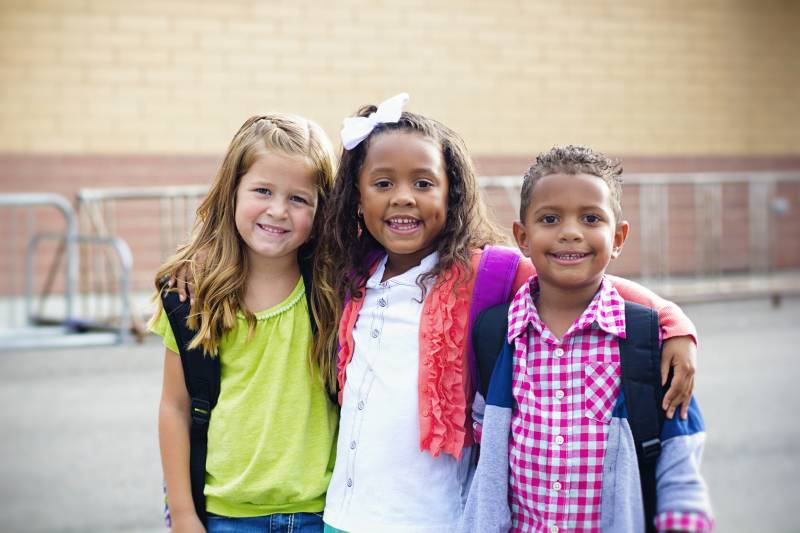For most of Karyn Parsons’ life, race was considered an impolite conversation topic. But as America reckons with racial injustice following the police killing of George Floyd, that view is changing. Parsons, who is best known for her role as Will Smith’s self-absorbed cousin Hilary Banks on “The Fresh Prince of Bel Air,” is glad. “I’m seeing so many people, so many white people, for the first time taking a hard look at things and asking questions,” she said. Currently a children’s author and founder of a media organization that celebrates little-known achievements by African Americans, Parsons was one of several panelists in a recent town hall on “How to Raise and Teach Anti-Racist Kids,” hosted by the International Literacy Association. During the event, educators and equity activists addressed questions related to when and how to talk about race with young people and how to challenge systemic racism in schools.
1. Learn and Reflect
It’s impossible for adults to engage kids in learning about race and racism without understanding these topics themselves, panelists said. “You can’t teach what you don’t know,” said Cornelius Minor, author of “We Got This: Equity, Access, and the Quest to Be Who Our Students Need Us to Be.” Noni Thomas López, head of school at the Gordon School in Rhode Island, said that studying how Black people have been excluded from equal legal, economic and educational opportunities throughout U.S. history is “an important first step in anti-racist work.” Alongside those hard history topics, adults should also read and learn about Black joy, resilience and love, and be able to share that with children, Thomas López said.
While studying history, panelists encouraged parents and teachers to interrogate themselves about their biases and how those affect their interactions. “A lot of people are feeling secure in themselves and they’re not asking hard questions,” said Parsons. “Children are sponges, we know that. They’re going to pick this up and they’re going to feel bias, so they’re going to feel when adults haven’t done this work themselves.” As an example, author and literacy advocate Pam Allyn, suggested that educators rethink how they talk about children, such as terms like “struggling readers.” Allyn said she would like to start literacy conversations by recognizing all the skills children use to communicate, including across languages. “Children are brilliant, and I think that we have made this whole way of thinking about teaching, truthfully, we’ve made it into a pathology.”
Although the panelists emphasized studying history and self-reflection as first steps, they are not tasks that can ever really be marked as completed. “You don’t get to the end of the journey and you’re suddenly anti-racist,” said Thomas López.
2. Talk About Race Early and Often
No child is too young to learn about systemic racism in developmentally appropriate ways, according to author and educator Tiffany Jewell. In explaining the police killing of George Floyd to her own kids, for instance, she told them that “one (police officer) hurt him so much that he died, and three of them stood around and let it happen.” Jewell said it’s important for her children “to know you can’t hurt somebody else’s body and you can’t stand by and watch it happen, too.”


